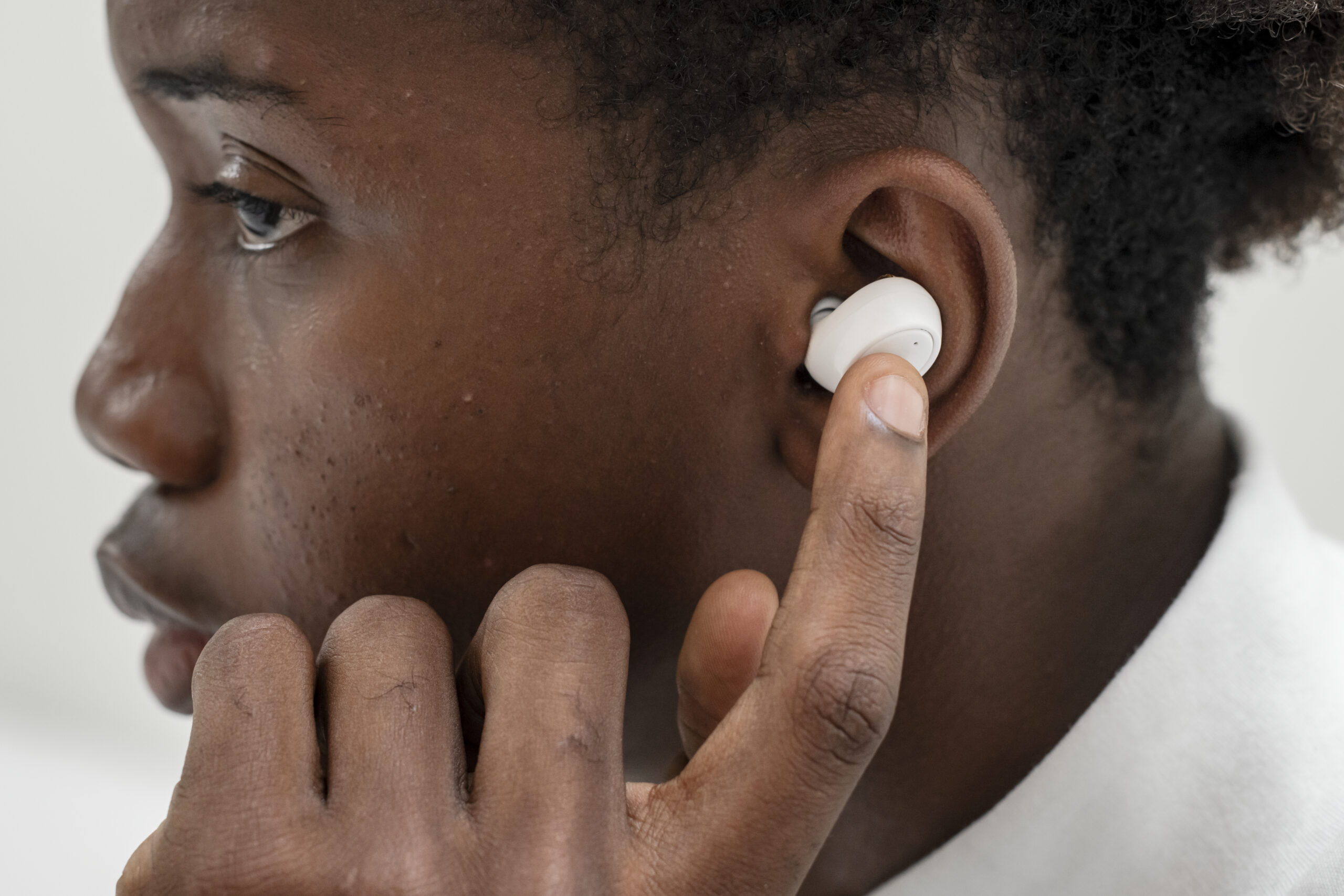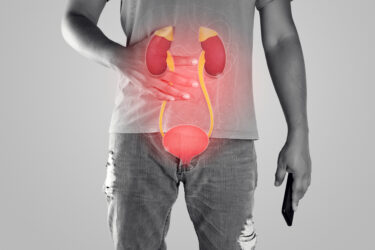Hearing aids are devices that help improve hearing and speech comprehension. About 48 million Americans live with some hearing loss, with 30 million of them having hearing problems in both ears. A hearing aid improves their capacity to hear, which has a positive effect on their overall quality of life. This article will provide a thorough understanding of the different types of hearing aids and how to choose the right one.
How do hearing aids work?
Most hearing aids use the same principle of amplification to improve the quality of hearing. The sound from the environment hits the microphone, which then converts into an electrical signal. This signal is then analyzed and adjusted based on one’s requirement. The amplified signals are later sent back to the ear through speakers.
Types of hearing aids
Hearing aid designs are always being redesigned so that they’re less noticeable. Regardless, they can be differentiated as either of the following types:
- Receiver-in-canal (RIC)
- In-the-canal (ITC)
- Behind-the-ear (BTE)
- Completely in the canal (CIC)
- Open fit
- In-the-ear (ITE)
Behind-the-ear (BTE)
This is the most traditional hearing aid in the market. It sits behind the ear and contains a custom earpiece called an ear mold, which connects to the ear canal. Moderate to serious hearing loss can be managed with this hearing aid.
Receiver-in-canal (RIC)
A RIC hearing aid is similar to BTE, with the only exception being that the receiver is moved inside the ear canal. There’s also a wire instead of a pipe that connects the microphone to the amplifier.
Open fit
The ear canal is kept open in this design, allowing all kinds of sounds. It is similar to BTE in design but is comparatively less visible.
Completely in the canal (CIC)
A CIC hearing aid is the least visible of any type. It sits right inside the ear canal and works well for mild to moderate hearing problems.
In-the-ear (ITE)
This is the part that makes ITE hearing aids fit in the outer part of the ear. They come with two microphones for better hearing.
In-the-canal (ITC)
ITC hearing aids fit partly inside the ear canal and can help treat mild to moderate hearing loss.
How to choose the right one?
If one has a hearing problem, one should visit an audiologist to get their ears checked. Depending on how bad the situation is, he/she will recommend which type of hearing aid will work best.
However, even after getting a prescription, it’s best to try out different hearing aids and see which one feels most comfortable. Use each of them for a few days and see which one works best. Most hearing aid companies provide a trial period, so one should make the most of it. Also, ensure that the hearing aid has a warranty.







